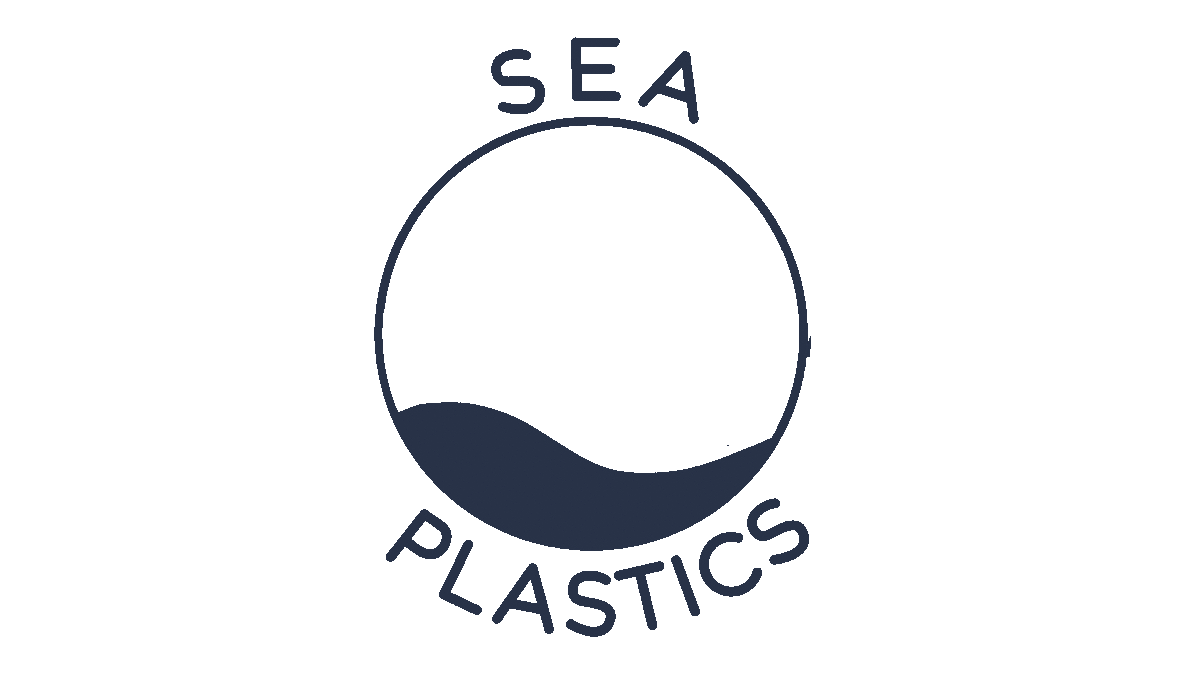Scientific program
2020 expedition
Phase 1: Sampling
A sampling campaign will be carried out along the route of the 2020 expedition on the coasts of France, Spain and the Balearic Islands. Samples will be collected every morning, and a first analysis will take place on the ship to obtain real-time data on the concentration of micro-plastics.
Phase 1: Sampling
On the surface
Surface sampling is carried out using a Manta net (mesh size 125 μm). The net is pulled behind the boat for 10 minutes at a speed of 2 knots. A current meter attached to the net let us know the quantity of water filtered by the net. The micro-plastics recovered measure between 125 μm and 5 mm.

On the surface
In the water column
The protocol for sampling in the water column has been validated by the 2017, 2018 and 2019 expeditions. It uses a closing net which can be dove up to 150 m deep. It is then trawled back to the surface. A mechanism allows us to close the net at any depth. Expedition 2020 uses this protocol to sample micro-plastic between 30 m and 80 m depth. The micro-plastics recovered measure between 100 μm and 5 mm.

On the surface
Phase 1: Sampling
On the surface
Surface sampling is carried out using a Manta net (mesh size 125 μm). The net is pulled behind the boat for 10 minutes at a speed of 2 knots. A current meter attached to the net let us know the quantity of water filtered by the net. The micro-plastics recovered measure between 125 μm and 5 mm.
.jpeg)
Surface sampling is carried out using a Manta net (mesh size 125 μm). The net is pulled behind the boat for 10 minutes at a speed of 2 knots. A current meter attached to the net let us know the quantity of water filtered by the net. The micro-plastics recovered measure between 125 μm and 5 mm.

